Rabo de Peixe – São Miguel Island
It’s called Rabo de Peixe, and it’s located on São Miguel Island in the Azores archipelago. With a striking geographic area of 16.98 km², which includes the place of Santana, this village has a privileged position that confronts the sea and various neighboring parishes.
Boasting a rich historical and cultural heritage, Rabo de Peixe offers its visitors an unparalleled experience. Come discover more about this wonderful village!
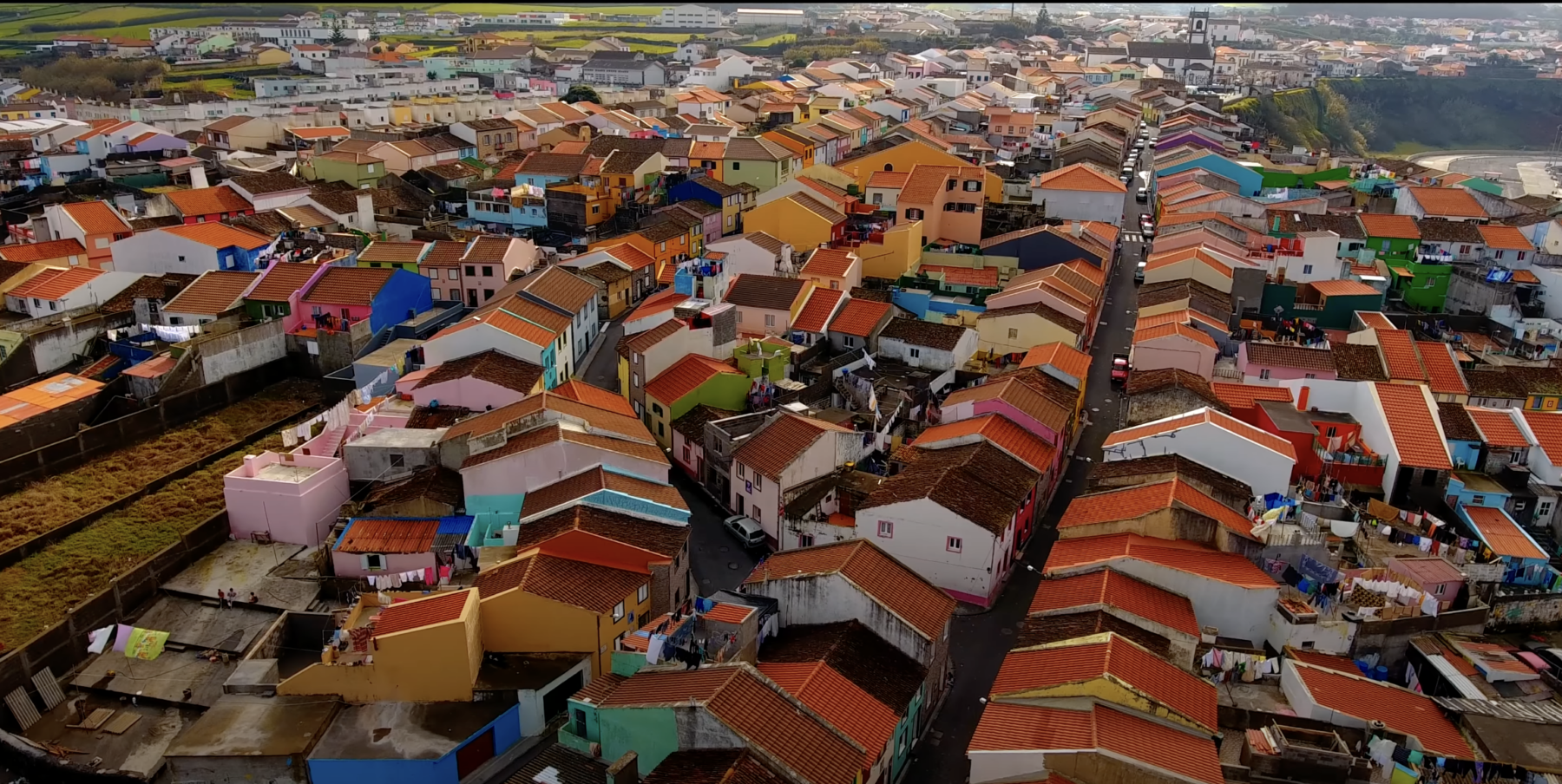
Índice de conteúdos [ocultar]
History of Rabo de Peixe
Rabo de Peixe, elevated to town status in 2004, is the largest fishing port in the Azores and the most populous town in the municipality of Ribeira Grande. The community of about 8,000 inhabitants has a rich history and a welcoming atmosphere that promises to captivate any visitor.
Origins
The historical roots of Rabo de Peixe trace back to at least the 15th century, a period when the island of São Miguel began to be populated. Small groups of people settled at different points on the island to explore its abundant riches.
Whether settling near the sea or inland, these communities always found important sources of subsistence. The sea, full of various fish species, and the fertile lands, conducive to the development of various crops, allowed populations to settle in the lands that today make up the town of Rabo de Peixe.
Establishment of Rabo de Peixe
The place now known as Rabo de Peixe only began to be inhabited around the end of the 15th century. The first families to settle were Flemish and Moors, to whom the lands were granted by the King. The goal was for them to organize life in this settlement.
The population of Rabo de Peixe, in addition to dedicating themselves to farming and herding, found in the sea their main means of subsistence.
Growth and Development
The riches of the land and sea acted as a magnet, attracting new people to the area. Thus, the small population cluster transformed into the large town that Rabo de Peixe is today.
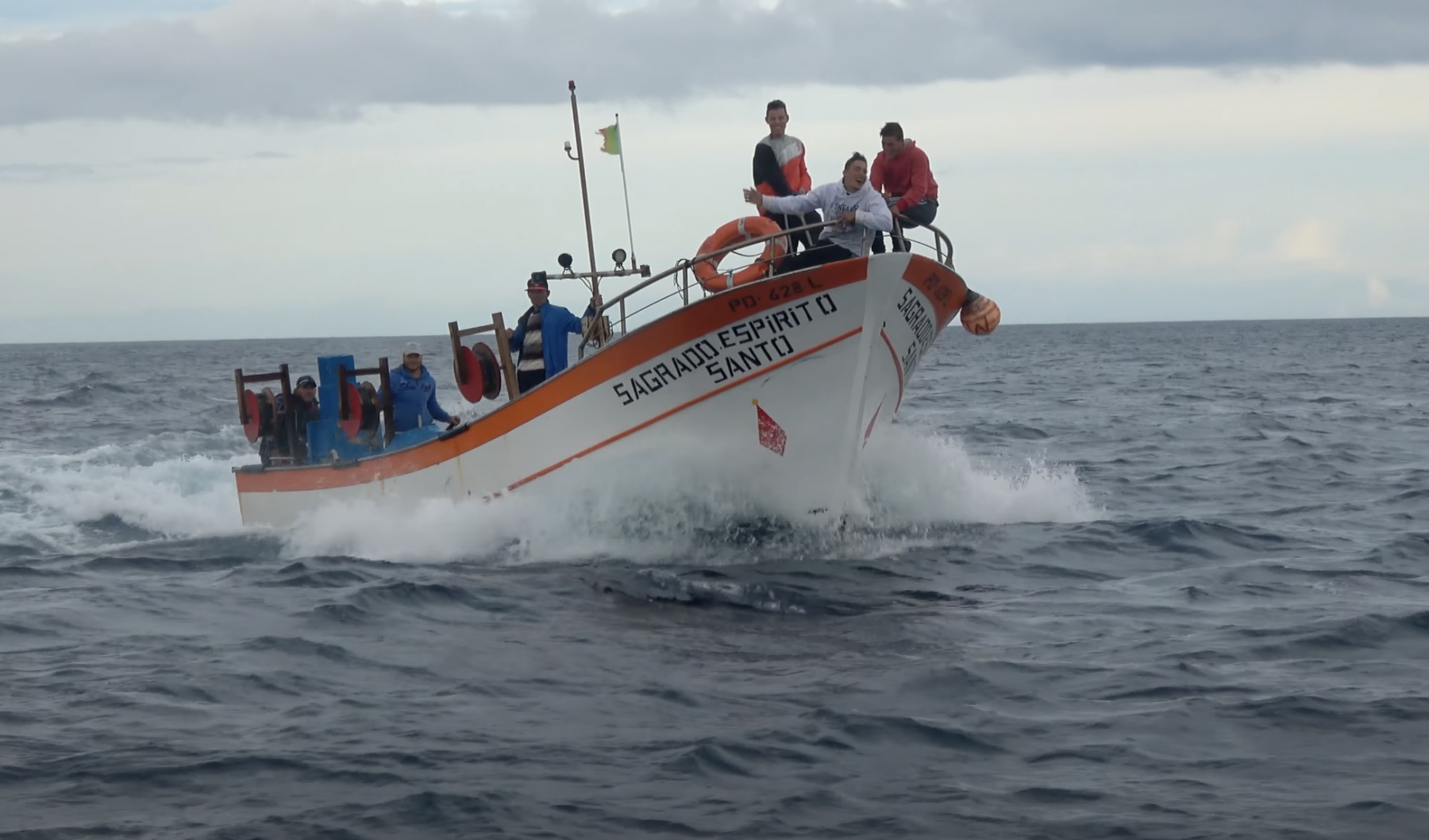
Origin of the Name
There is no consensus on the origin of the toponym “Rabo de Peixe.” The first hypothesis is based on the configuration of one of its points that penetrates the sea. The second hypothesis suggests that the name arose when an unusually large fish was found in the sea and the population, unable to identify it, hung the fish’s tail on a pole. For that reason, when someone moved from this place to another area of the island, they said they came from “Rabo de Peixe.” However, the version relating to the natural configuration of the current town, whose shape resembled a fish tail, is more likely.
This small settlement, unnamed until then, thus came to be called Rabo de Peixe and, over time, became one of the largest parishes of São Miguel, today considered a town.
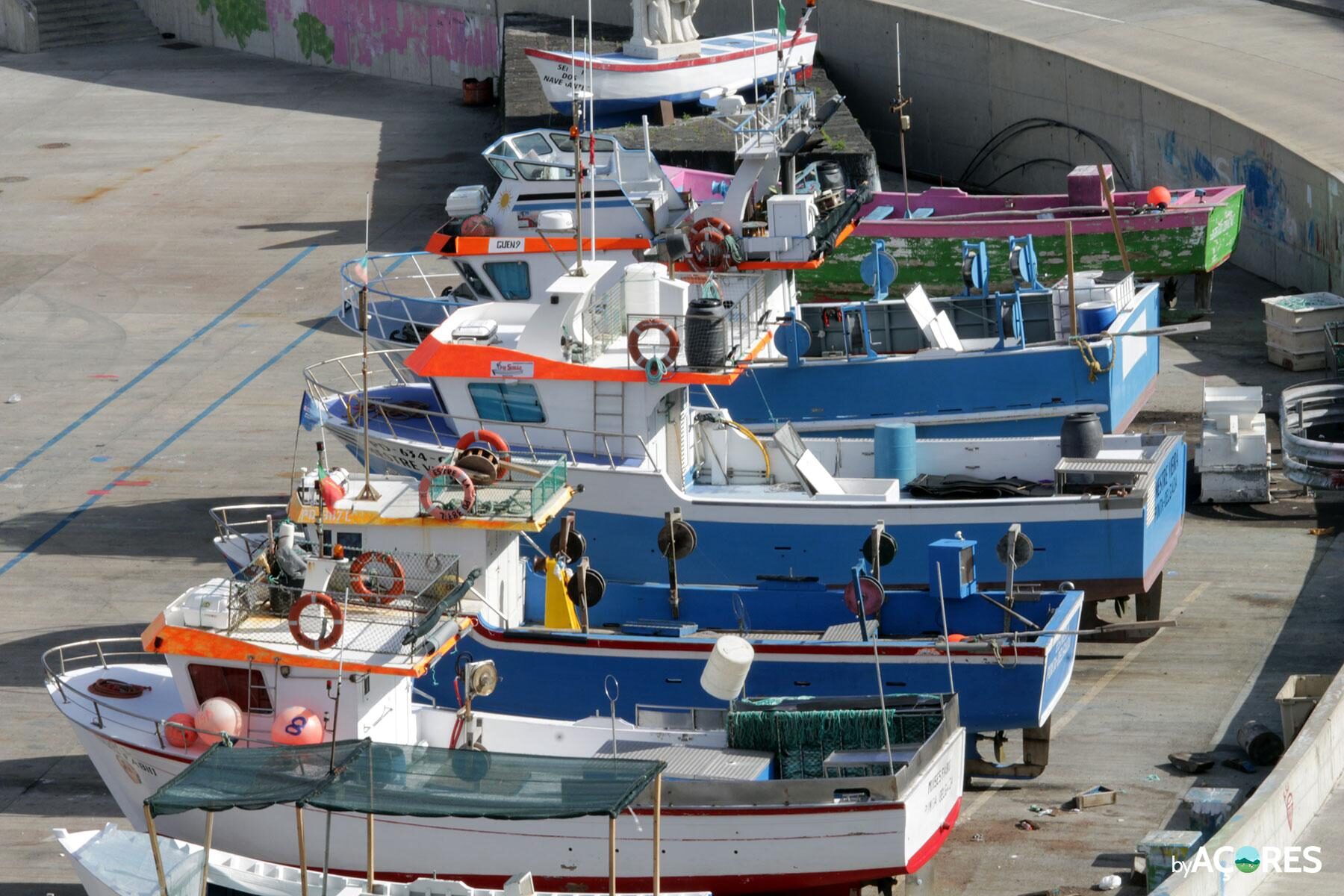
Fotografia de ByAçores
Architectural and Religious Heritage
Rabo de Peixe is rich in architectural and religious heritage. The parish church, dedicated to the Good Lord Jesus, is a local landmark. The exact date of its construction is unknown, but it is known that it replaced a previous church existing in 1522.
In addition to the parish church, there are other notable temples, such as the chapels of São Sebastião, Our Lady of the Rosary, Our Lady of Conception, Sant’Ana, and Our Lady of Perpetual Help.
Religious Festivities
Rabo de Peixe starts the year with religious celebrations, beginning with the Festival of the Good Lord Jesus on January 1. The town is known for its lively celebrations, of which the Flag Festival is one of the most striking. Throughout the year, there are various processions, each with unique significance and tradition. Some of the most notable processions include those of São Sebastião, Lord of the Steps, Palm Sunday, the Dead Lord, the Risen Lord, the Sick, and São Pedro Gonçalves
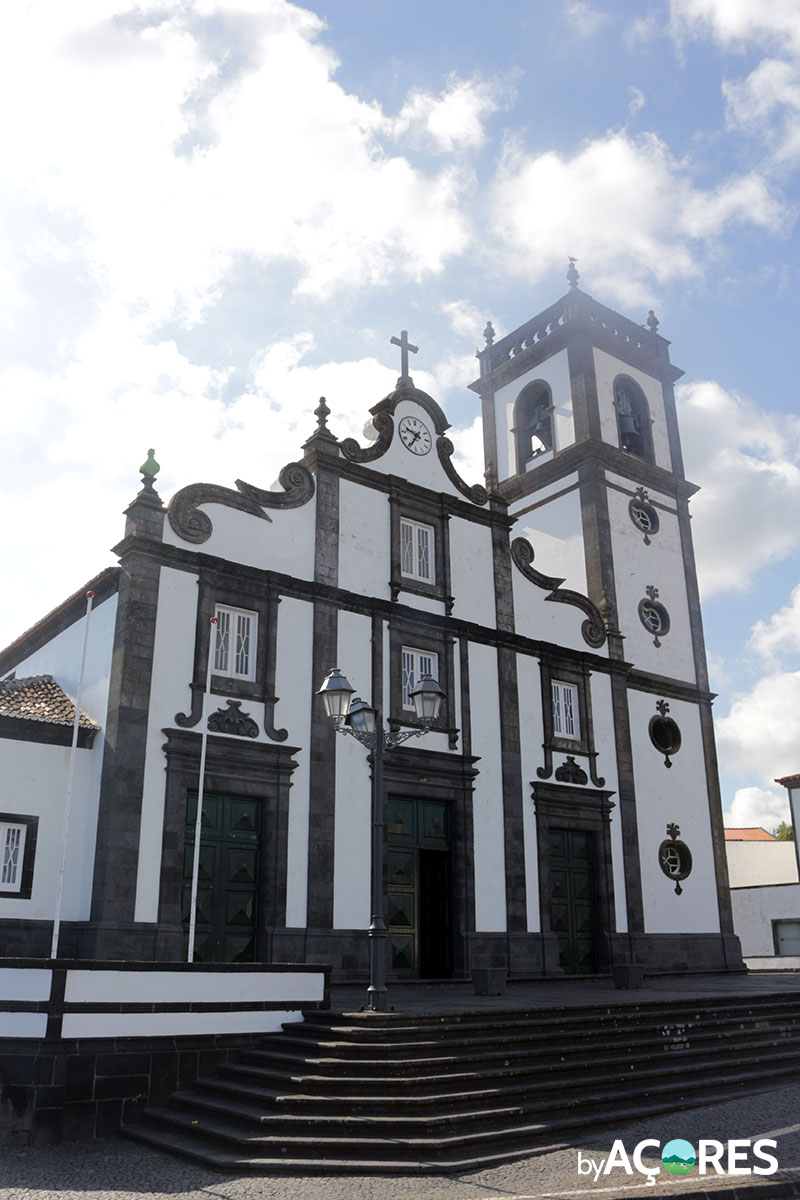
Fotografia de ByAçores
The Festival of São Pedro Gonçalves – the patron saint of fishermen – is celebrated in the parish church on the sixth Sunday after Easter. The event culminates in a maritime procession, where the saint’s statue is carried on a decorated boat, accompanied by other vessels. It is an exciting and spectacular event that attracts visitors from across the archipelago and beyond.
Traditional Dances
The festivities of the Holy Spirit in Rabo de Peixe are marked by various traditional dances, notably the “Dispensas”. The dances of the “Men of the Land” and the “Men of the Sea”, which are danced exclusively by men to the sound of castanets, are highlighted. However, women have the freedom to join the dance as it unfolds.
Philharmonic Bands
Rabo de Peixe is home to two philharmonic bands with more than a century of existence: the North Lira Philharmonic Society, founded in 1867, and the North Progress Philharmonic, founded in 1888. The bands participate in the processions held in Rabo de Peixe, but also take part in various processions on the island and even abroad.
Folklore Groups
Rabo de Peixe houses notable folklore groups that play a crucial role in maintaining and celebrating local traditions and music. The folk group “A Gaivota”, established in 1996 under the auspices of the People’s House of Rabo de Peixe, is one of these groups, with a mission dedicated to preserving the customs and lifestyles of their ancestors.
Established in 2007, the Group of Singers Vozes do Mar do Norte is another bulwark in promoting local cultural heritage. This group aims to cultivate a love for popular music, with many of its songs having been passed down through generations. The group’s repertoire is diverse, covering themes of traditional Azorean music, as well as songs from the Portuguese mainland and Madeira. Together, these folklore groups help keep alive the rich cultural tradition of Rabo de Peixe.
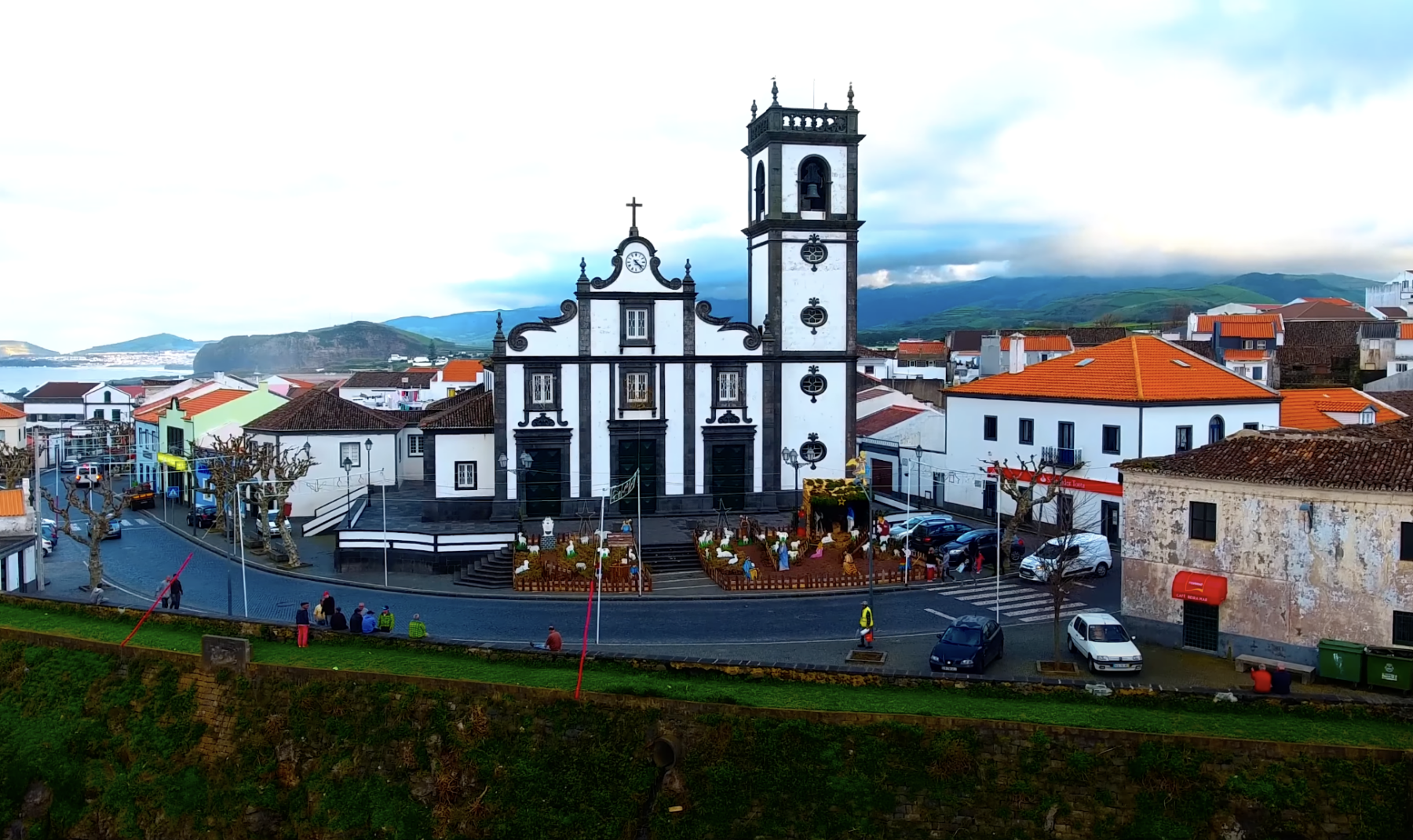
Places to Visit in Rabo de Peixe
Some references to places not to miss during your stay.
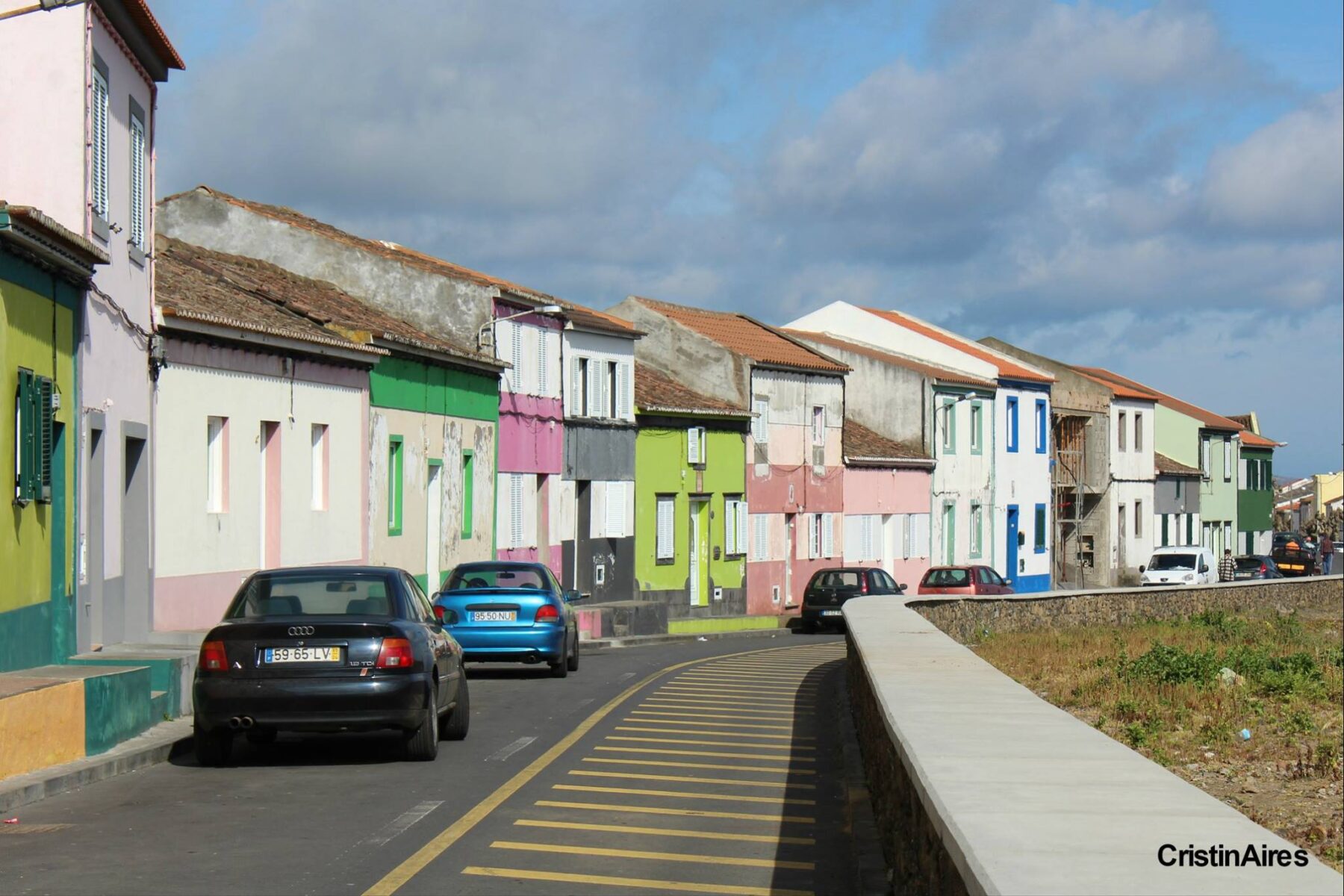
Fotografia de Cristina Aires
- Parish Church of the Good Jesus
This church, completed in 1885, is a notable example of baroque architecture. The church has a wide central nave and two side aisles, adorned with frescoes. - Fishing port
Rabo de Peixe is a fishing village and its fishing port is the largest in the Azores, dominating a considerable part of the north coast of São Miguel. - Village of Rabo de Peixe
Explore the village, known for its narrow streets and colorful houses.
Santana Astronomical Observatory (OASA)
Located in the village of Rabo de Peixe, the Santana Astronomical Observatory (OASA) is a must-see attraction for those visiting the region. Inaugurated on September 12, 2004, the OASA is managed by the Foundation for the Socio-Professional and Cultural Development of Ribeira Grande since July 30, 2009, with the support of the Ribeira Grande Municipal Chamber and the Regional Secretariat of Science, Technology, and Equipment.
The main goal of the OASA is scientific dissemination, particularly in the field of astronomy. It offers a variety of interactive and educational activities that fit well with school curricula, making it a valuable resource for students in the region. In addition, the OASA provides a meeting point for amateur astronomers, offering a dedicated space for the exploration and discussion of the wonders of the universe.
During a visit to the OASA, visitors can enjoy a range of activities. This includes sessions in the mobile digital planetarium, observations of the night and day sky, astronomy workshops, and the exhibition “Why Space?”. Additionally, the OASA offers exhibitions and interactive modules, laboratory didactics, multimedia space, and a series of lectures, trainings, and workshops. Whether you are a space science enthusiast or just curious about the cosmos, the OASA offers an educational and engaging experience that is sure to delight and inspire.
Address
Old Road of Santana
Pico do Bode – Santana
9600-096 Rabo de Peixe
Opening Hours
- Monday to Friday – 10:00 AM to 5:00 PM
- Night Observations: 1st Friday of the month from 9:00 PM to 11:00 PM
- A Night with the Stars: 3rd Friday of the month from 9:00 PM to 11:00 PM
- The OASA is available for scheduling other activities.
Curiosities
Sandro G: the musical icon of Rabo de Peixe

Sandro G, born in Rabo de Peixe, is a singer who has gained prominence in the Portuguese hip-hop scene. His childhood in the parish forged his tenacity and creativity, helping him overcome the challenges he encountered when he emigrated to the United States as a child.
Sandro G began recording Portuguese hip-hop music in 1999 and has since released seven albums, gaining recognition both locally and internationally. His life experiences, which include overcoming drug addiction and the underworld of crime, are portrayed in his lyrics, serving as a message of hope for the youth of his homeland.
His music is not just a form of expression, but also a way for him to share his story and inspire others to overcome their own obstacles.
One of the popular songs by the singer:
Netflix Series Rabo de Peixe
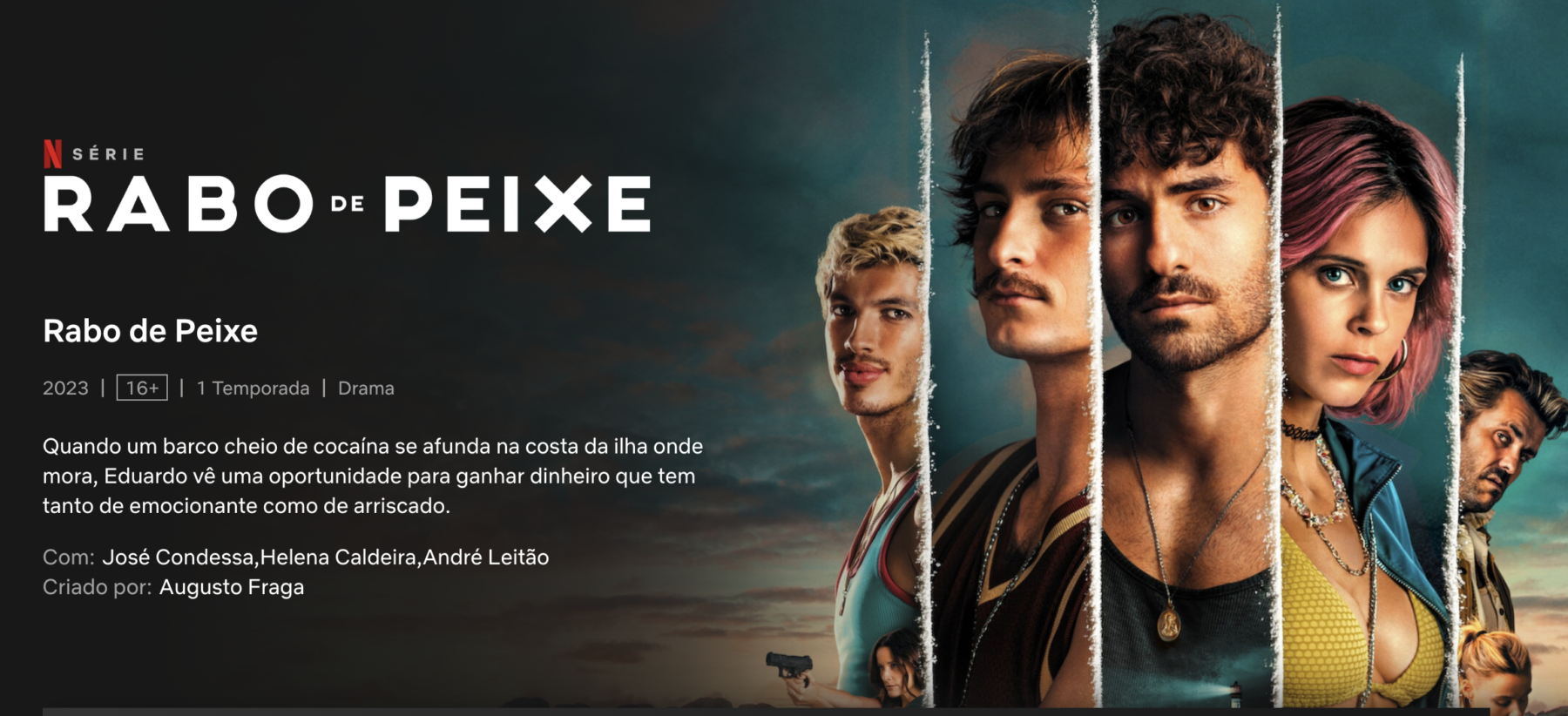
“Rabo de Peixe” is a Portuguese television series that has gained great popularity, even making it into the top 10 global views on Netflix in May 2023. The story is set in the Azorean parish of Rabo de Peixe, when a large amount of cocaine is found on the coast, completely changing the lives of the inhabitants. The main character, Eduardo, a young fisherman, and his friends start selling the cocaine, which puts them in conflict with the original owners of the drug, the police, and a series of unpredictable characters.
The series is loosely based on a true story that occurred in 2001, when a large amount of cocaine appeared on the coast of Rabo de Peixe. Many villagers tried the drug, and due to its purity, many ended up in the hospital from overdose, some even dying. Others began selling the drug. Unfortunately, the incident left its mark, with many inhabitants of Rabo de Peixe still addicted.
Regarding the main cast, we have José Condessa as Eduardo, Helena Caldeira as Sílvia, André Leitão as Carlos, Rodrigo Tomás as Rafael, Maria João Bastos as Inspector, and Albano Jerónimo.
Videos
Some images and scenarios of Rabo de Peixe by Bubba Woods
Another video with fantastic aerial images of Rabo de Peixe by Vista de Sao Miguel Azores
Photos in the article taken from frames of this video.
 Quick links and suggestions
Quick links and suggestions
Travel insurance with 15% discount for the Azores or another destination Click here to simulate >
Looking for trips to the Azores? See these promotions >
Rent a car in the Azores? The best rent-a-car >
Activities and Experiences during your stay? Check it out here >
See Whales and Dolphins? Book now online >
Have you had a canceled or delayed flight in the last 3 years? Receive your compensation here >


